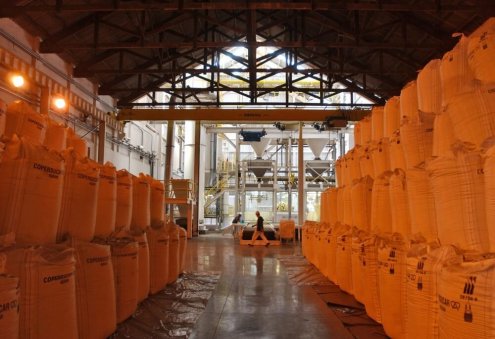A new study from Stanford University and SLAC National Accelerator Laboratory reveals how, with careful tuning of heat and pressure, diamonds can be produced from hydrogen and carbon molecules found in crude oil and natural gas.
According to the Stanford’s Tuesday press release, scientists have synthesized diamonds from other materials for over 60 years, but the transformation typically requires inordinate amounts of energy, time or the addition of a catalyst, often a metal, which tends to diminish the quality of the final product.
“We wanted to see just a clean system, in which a single substance transforms into pure diamond, without a catalyst,” said the study’s lead author, Sulgiye Park, a postdoctoral research fellow at Stanford’s School of Earth, Energy & Environmental Sciences (Stanford Earth).
Natural diamonds crystallize from carbon hundreds of kilometers beneath Earth’s surface, where temperatures reach thousands of degrees Celsius. Most natural diamonds unearthed to date lifted upward in volcanic eruptions millions of years ago.
The new process starts with three kinds of powder refined from tankers full of petroleum. "It's a tiny amount," said Wendy Mao, Stanford mineral physicist and leader of the lab where Park performed most of the experiments from the study. "We use a needle to pick up a little bit to get it under a microscope for our experiments".
Unlike diamond, which is pure carbon, the powders, known as diamondoids, also contain hydrogen. “Starting with these building blocks,” Mao said, “you can make diamond more quickly and easily”.
The applications for this new transformation go beyond jewelry. Diamonds, known for their chemical stability, extreme hardness, optical transparency, and high thermal conductivity, are extremely valuable as a material for medicine, quantum computing technologies, industry, and biological sensing.












30635-90x604.jpg)





